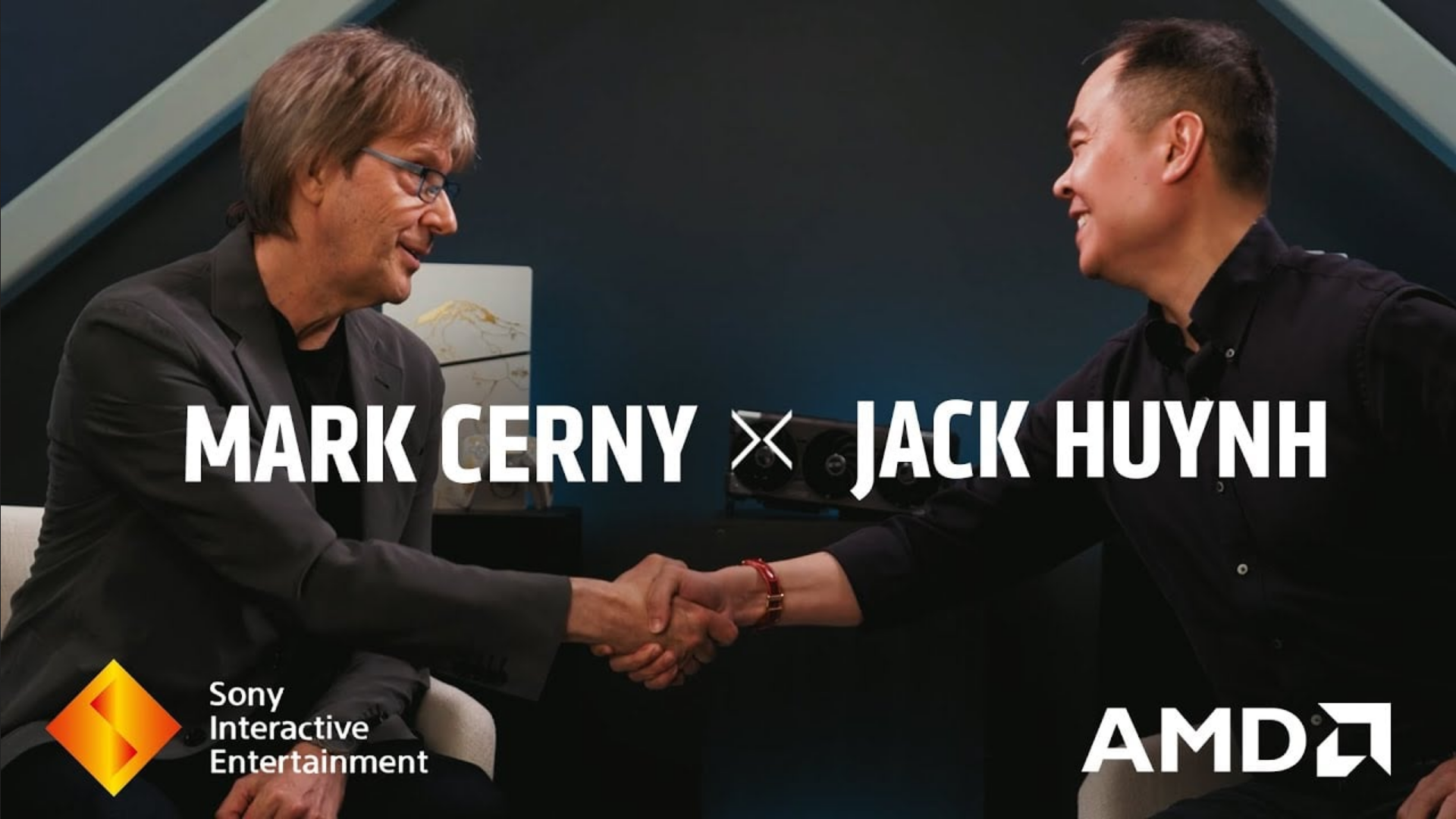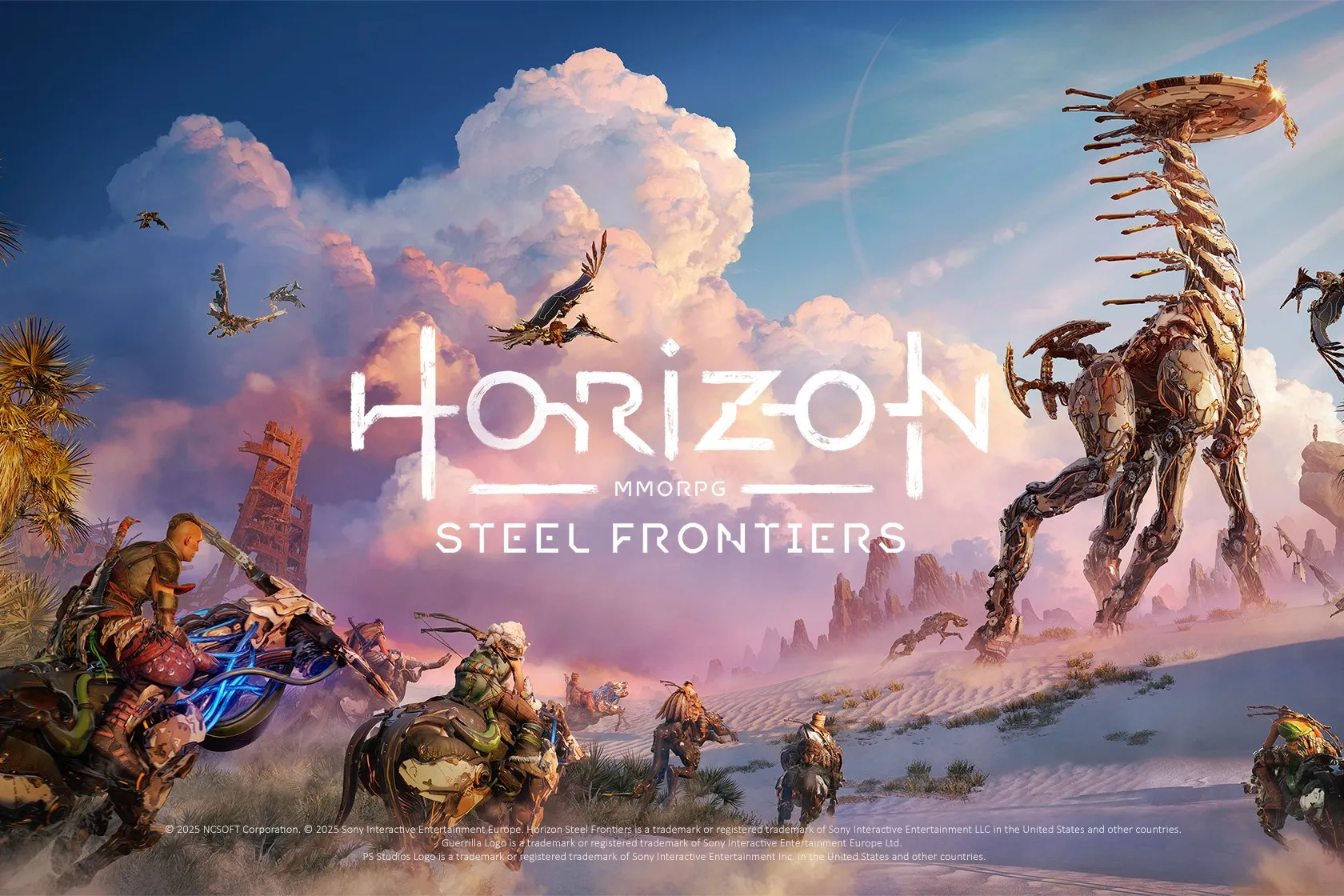Sony and AMD released a new video today titled “From Project Amethyst to the Future of Play: AMD and Sony Interactive Entertainment’s Shared Vision.” The presentation offers a clear look at how both companies are building the foundation for future PlayStation hardware through advanced graphics and AI-driven processing.
During the video, Mark Cerny, PlayStation’s lead system architect, outlines the three major components behind Project Amethyst: Radiance Cores, Neural Arrays, and Universal Compression.
Radiance Cores are specialized processing units designed to handle ray tracing and light-based rendering more efficiently. By moving these tasks off the main GPU shaders, Cerny explains that future consoles can dedicate more power to texture detail, animation, and complex visual effects without sacrificing performance.
Neural Arrays are another key advancement. These interconnected compute units allow the GPU to perform machine learning operations like denoising, frame prediction, and upscaling directly on the hardware. This approach could enable smoother gameplay and more natural image reconstruction using AI-based inference models.
Universal Compression is the third innovation introduced in the video. It expands traditional graphics compression methods to cover multiple data types, including geometry, textures, and buffers. Cerny states that this unified approach helps reduce memory bandwidth demands and improves overall efficiency, particularly for larger and more detailed environments.
Jack Huynh, Senior Vice President at AMD, describes the collaboration as a long-term partnership focused on shared research and practical implementation. He notes that the techniques developed under Project Amethyst are designed to serve both PlayStation systems and AMD’s future GPU architectures. Huynh emphasizes that while this work will directly benefit future consoles, it may also influence the next generation of PC graphics technology.
Cerny closes the presentation by acknowledging that some of these developments could appear in upcoming hardware updates before the launch of the next full console. He adds that the research is ongoing and that both companies plan to refine these technologies with feedback from developers and early hardware testing.
The video marks the first time Sony and AMD have publicly shown detailed progress from Project Amethyst. It reinforces that the next generation of PlayStation hardware will rely heavily on neural processing, advanced lighting, and smarter compression techniques to deliver more realistic and efficient visuals.





